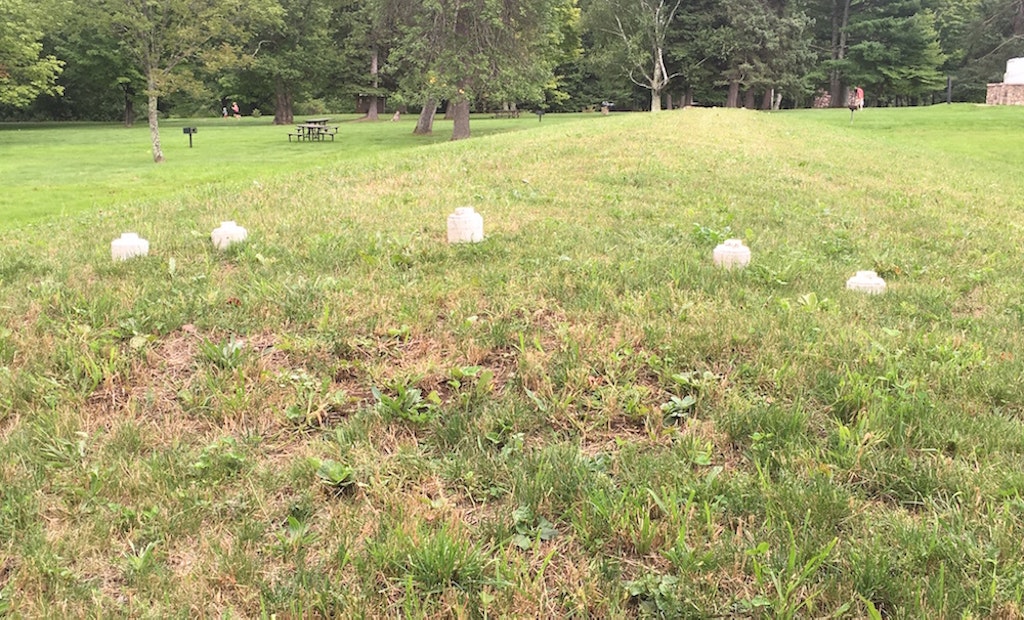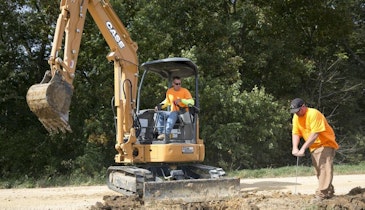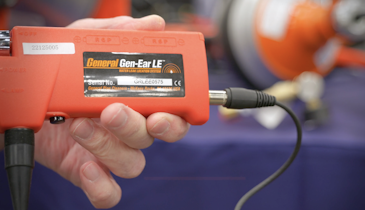
Interested in Onsite Systems?
Get Onsite Systems articles, news and videos right in your inbox! Sign up now.
Onsite Systems + Get AlertsWhen I started working in the industry, about the only time you saw a pressure distribution system was in the bed of above-grade mound systems. In Minnesota and Wisconsin, a lot of these have been designed and installed over the years due to the large-percentage areas with high water tables. Design recommendations for the distribution network were to use 1/4-inch-diameter holes (orifices) in the 1 1/4- to 2-inch distribution laterals. Part of the rationale for this recommendation was that the velocity of water moving through the 1/4-inch orifice would have a scour velocity such that they would not plug with solids. These systems have worked very well over the years. One of my neighbors has one that has operated for 28 years, only having replaced the effluent pump.
There are some drawbacks to this approach, one of which is the limit in the number of orifices and therefore lateral length. Another problem is with the spatial distribution. It limits orifice spacing and you need to look at how well the effluent is distributed across the spatial area used for final dispersal. With the move toward smaller and more frequent doses, and the desire for better distribution, common orifice sizes are now 1/8 to 3/16 inch in diameter. What is lost with these holes is the ability to be scoured clean without some additional help. (A note here: Even though 1/4-inch orifices may not require cleaning, it is probably a good practice.)
Now, when pressure distribution systems are installed for mounds, at-grades or pressurized shallow trenches, they are installed (or should be installed) with accessible clean-outs to facilitate regular maintenance and checking of pressures at the distal end of both the manifold and each individual pressure lateral.
The most common configuration is to use a 90-degree sweep elbow, making sure it is vertically oriented. Two 45-degree elbows can also be used if necessary. This allows access to use a jetter to flush the lines, and the ability to capture the water in a 5-gallon bucket rather than letting water and solids run onto the ground in the area of the system.
These are commonly brought to the surface in a valve box or a larger-diameter pipe. The pipe or valve box needs to be stable after backfilling and large enough to allow a service provider to work in, and get their equipment in and out. At the end the best approach is to use a female screw cap, which makes it easier to remove during maintenance.
The cleaning sequence is to first flush the manifold or lateral. Then run either a jetter attachment or a plumber snake with a brush attached through the piping. An alternative cleaning method is to vacuum the lines with a vacuum truck. Then flush the line again. Next check to make sure that the pressure (squirt height) is correct using a clear rigid tube attached to the clean-out when water is run through the system. If it is not the right pressure the procedure should be repeated, assuming the pump is operating correctly.
About the author
Jim Anderson is connected with the University of Minnesota onsite wastewater treatment education program and is an emeritus professor in the university’s Department of Soil Water and Climate. Send him questions about septic system maintenance and operation by email to kim.peterson@colepublishing.com.





